Stefano Massini’s play opens with a man in a frock-coat reaching New York after six weeks at sea. The year is 1844 and young Henry Lehman has just emigrated from Bavaria to make his fortune. He started modestly with a general store in Montgomery, Alabama, serving local farmers. When wildfires destroyed the cotton crop on which the community relied, Lehman’s business ought to have failed but he saw his opportunity.
Already a subscriber? Log in
Subscribe for just $2 a week
Try a month of The Spectator Australia absolutely free and without commitment. Not only that but – if you choose to continue – you’ll pay just $2 a week for your first year.
- Unlimited access to spectator.com.au and app
- The weekly edition on the Spectator Australia app
- Spectator podcasts and newsletters
- Full access to spectator.co.uk
Or
Unlock this article
You might disagree with half of it, but you’ll enjoy reading all of it. Try your first month for free, then just $2 a week for the remainder of your first year.

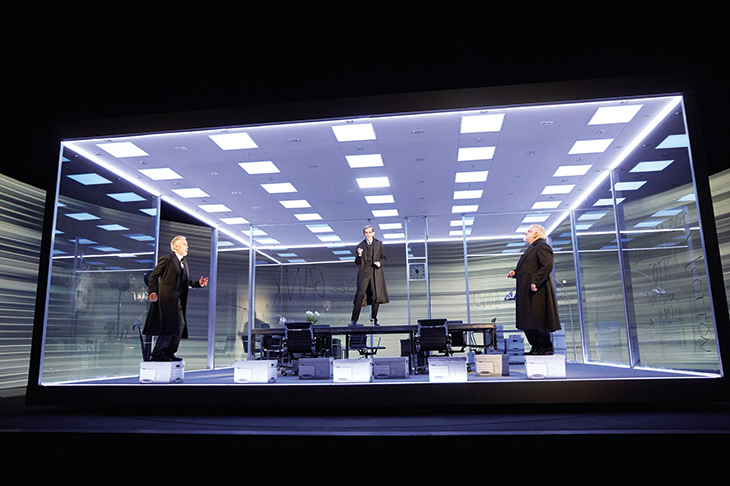
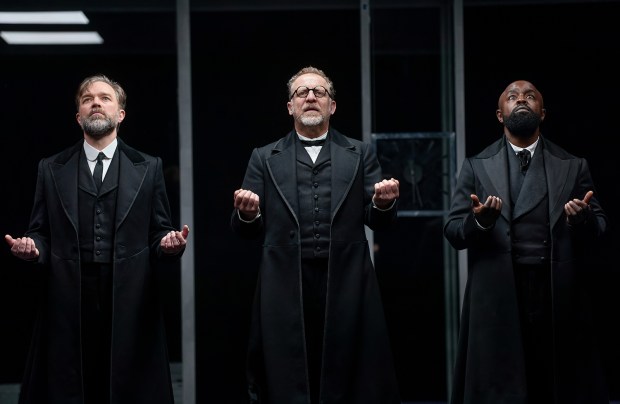


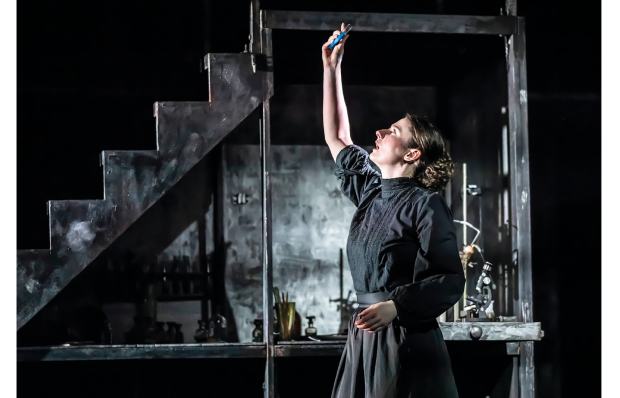
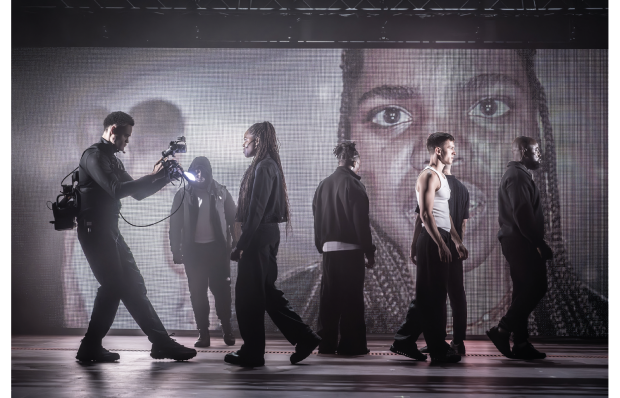
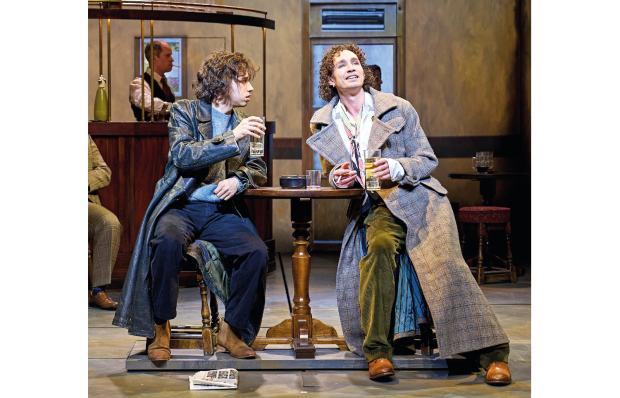






Comments
Don't miss out
Join the conversation with other Spectator Australia readers. Subscribe to leave a comment.
SUBSCRIBEAlready a subscriber? Log in